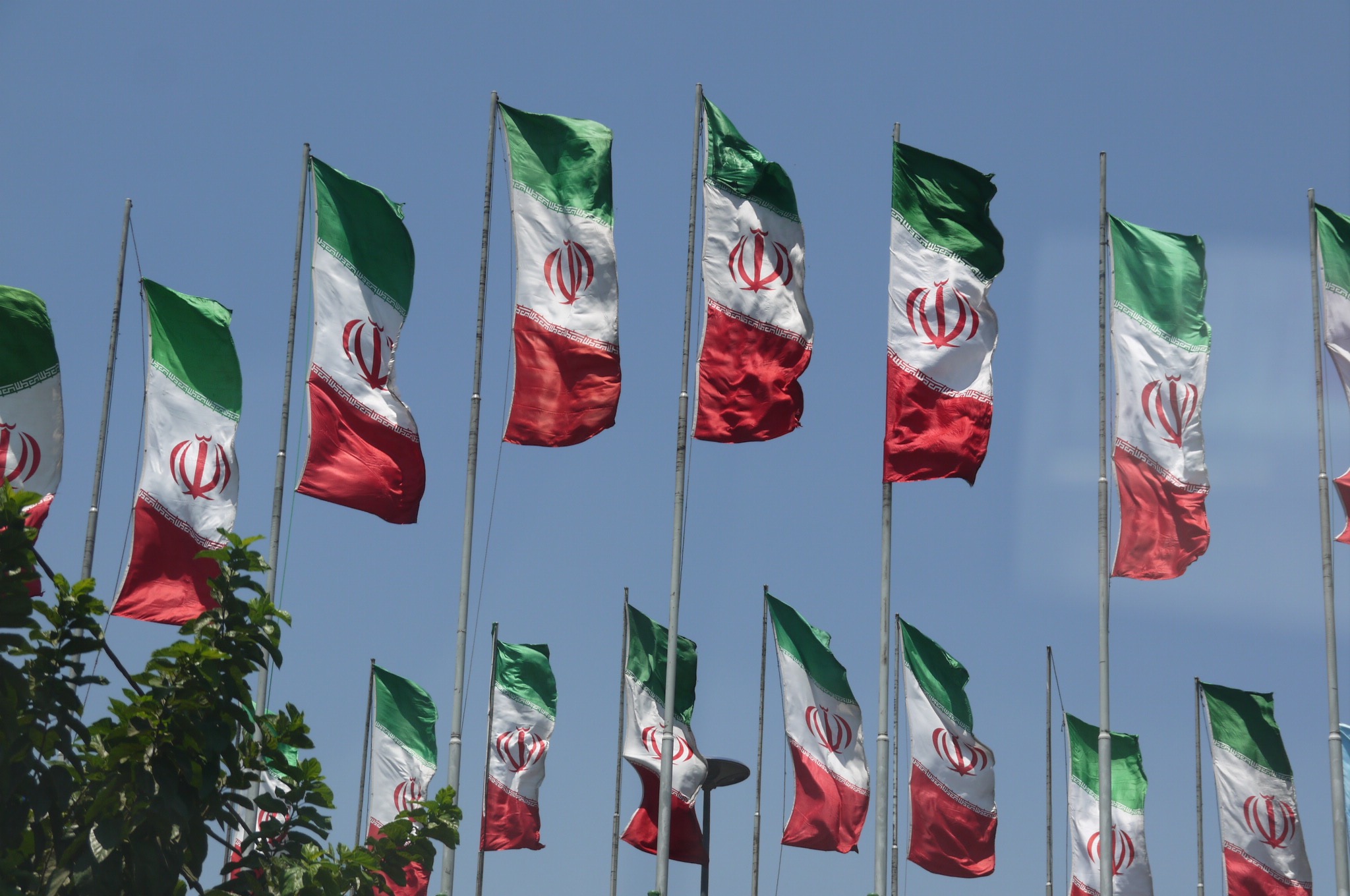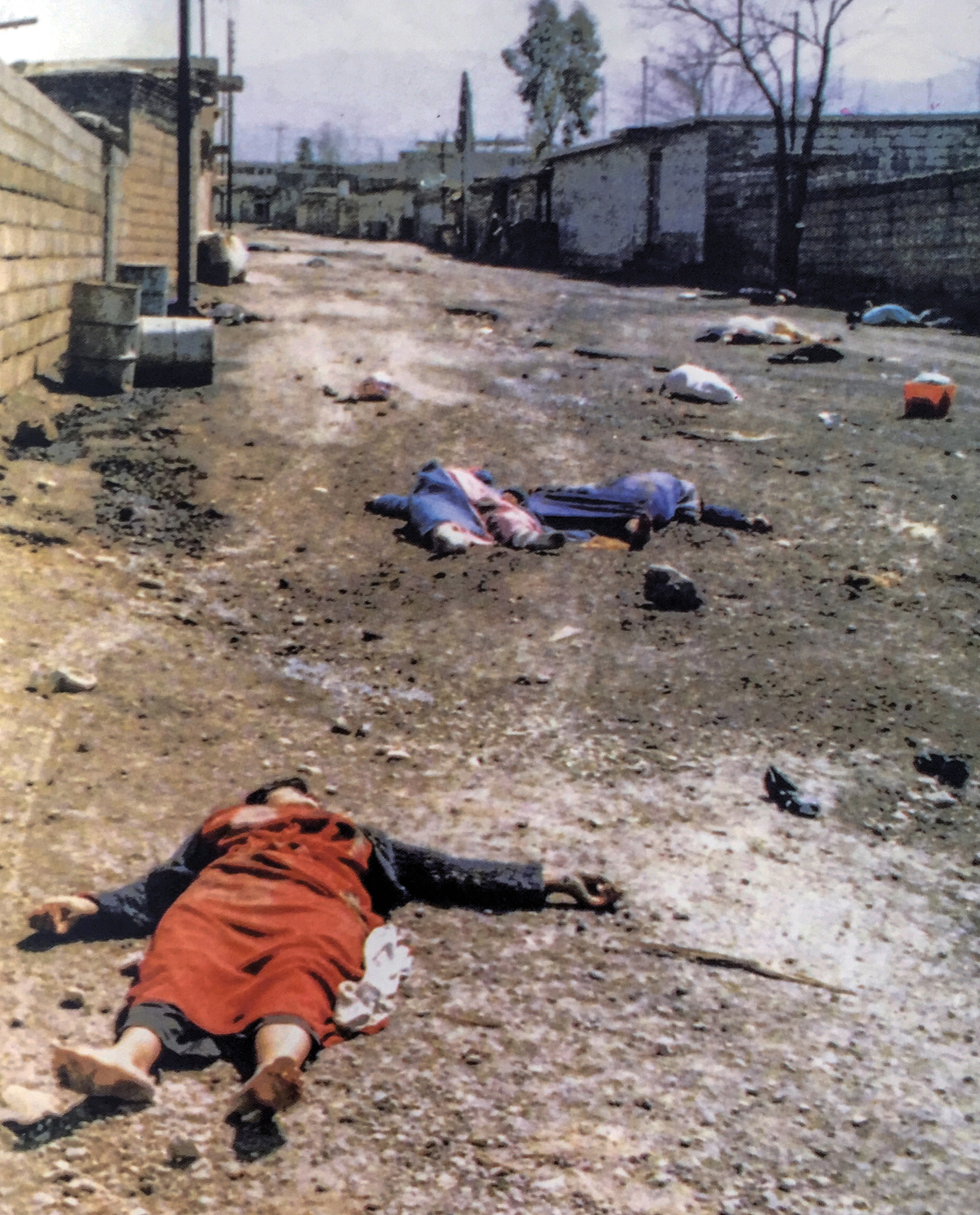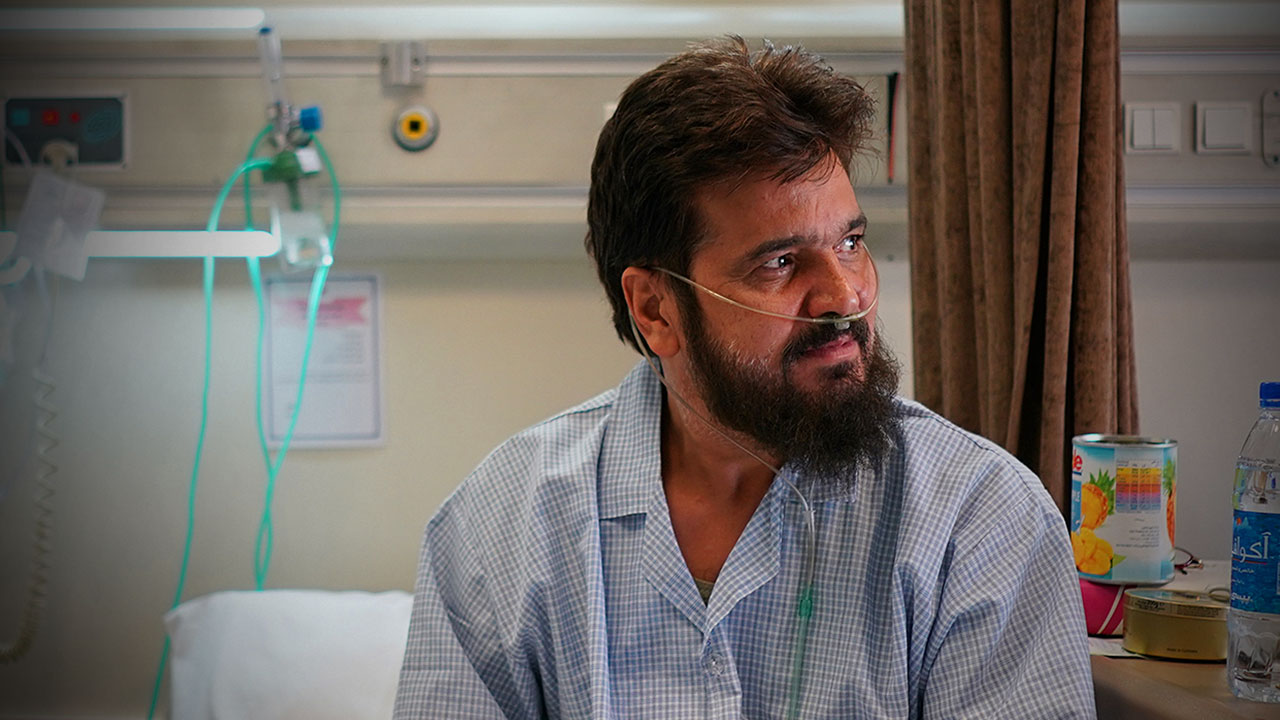
During the Iran-Iraq War in the 1980s, Saddam Hussein's regime repeatedly bombarded Iranian soldiers and civilians with sulfur mustard, a chemical weapon that had made its gruesome debut on the battlefield in World War I. Iraq also unleashed a new scourge: two nerve agents, sarin and tabun. Thousands of people suffered horrific deaths, and tens of thousands more are coping with long-term effects of exposure to those chemical weapons three decades ago.
Many of the 20,000 or so known survivors continue to reside in Sardasht and other towns near the border with Iraq that were shelled during the war. Hundreds of the most severely disabled individuals are housed in Sasan Hospital in Tehran. Iranian physicians and scientists who study the survivors have amassed a trove of data on the long-term health effects of nerve agents, and how to ameliorate chronic symptoms.
Most scientists outside Iran are not aware of this unique body of work, which has lately assumed even greater importance in light of the use of sarin during Syria's civil war. The Iranian findings also can inform international efforts to develop countermeasures and antidotes to chemical weapons.
With the fate of the Iran nuclear agreement hanging in the balance, it's important to remember that Iran was a victim of weapons of mass destruction. That experience—and the stories of the survivors—should be held up as a deterrent as state and nonstate actors strive to develop even more potent chemical weapons.





